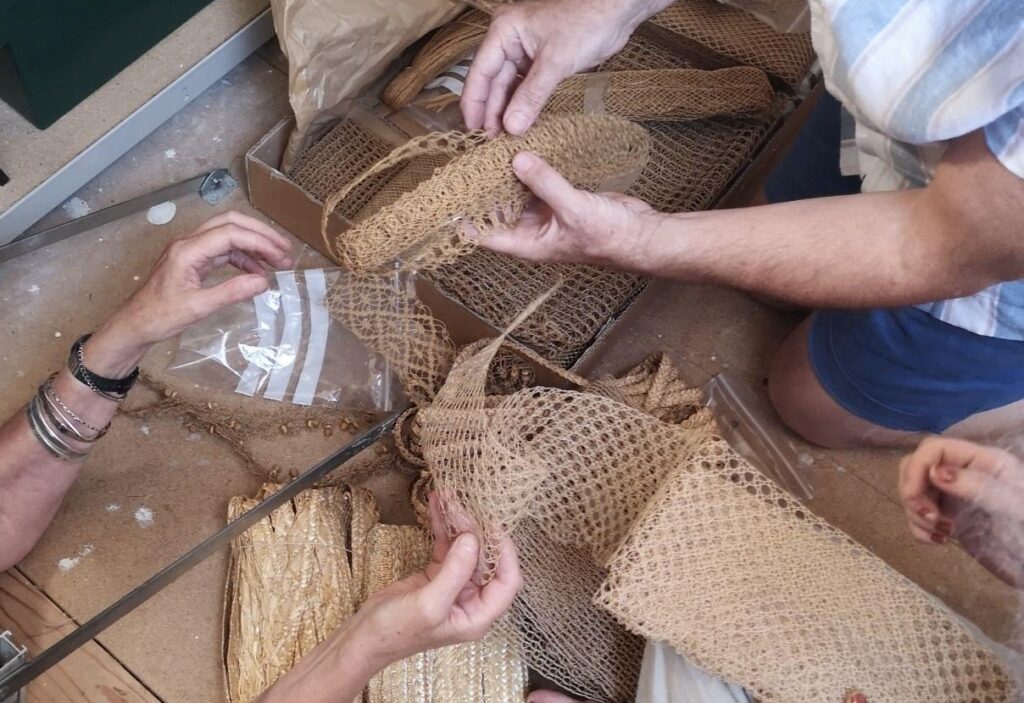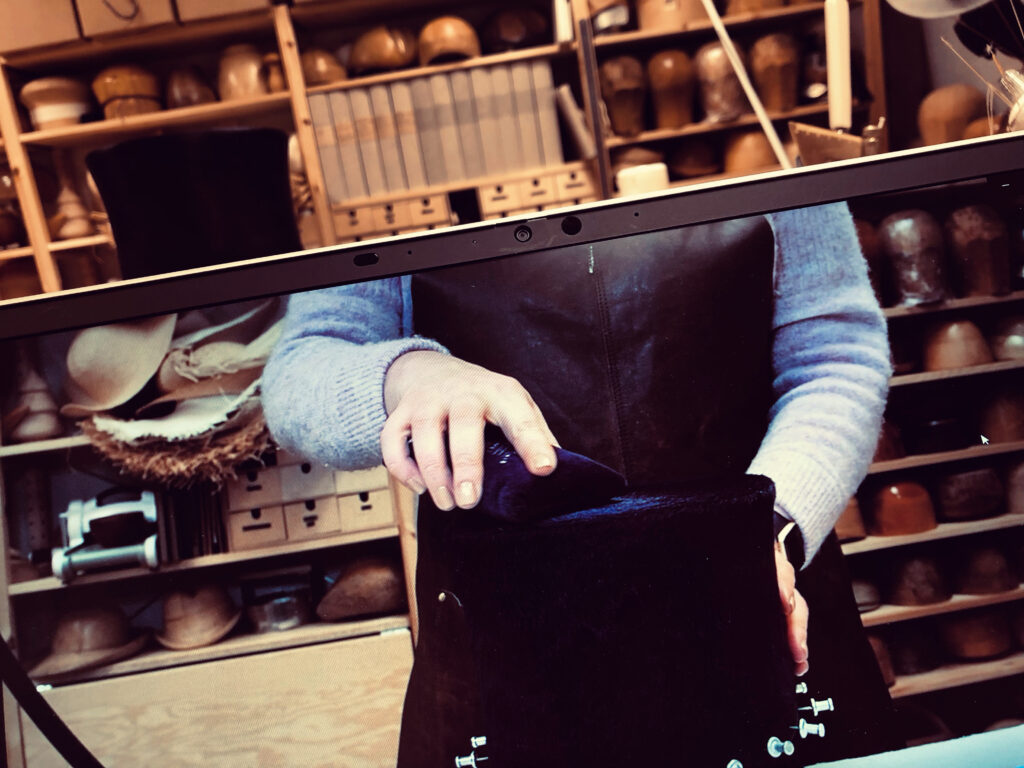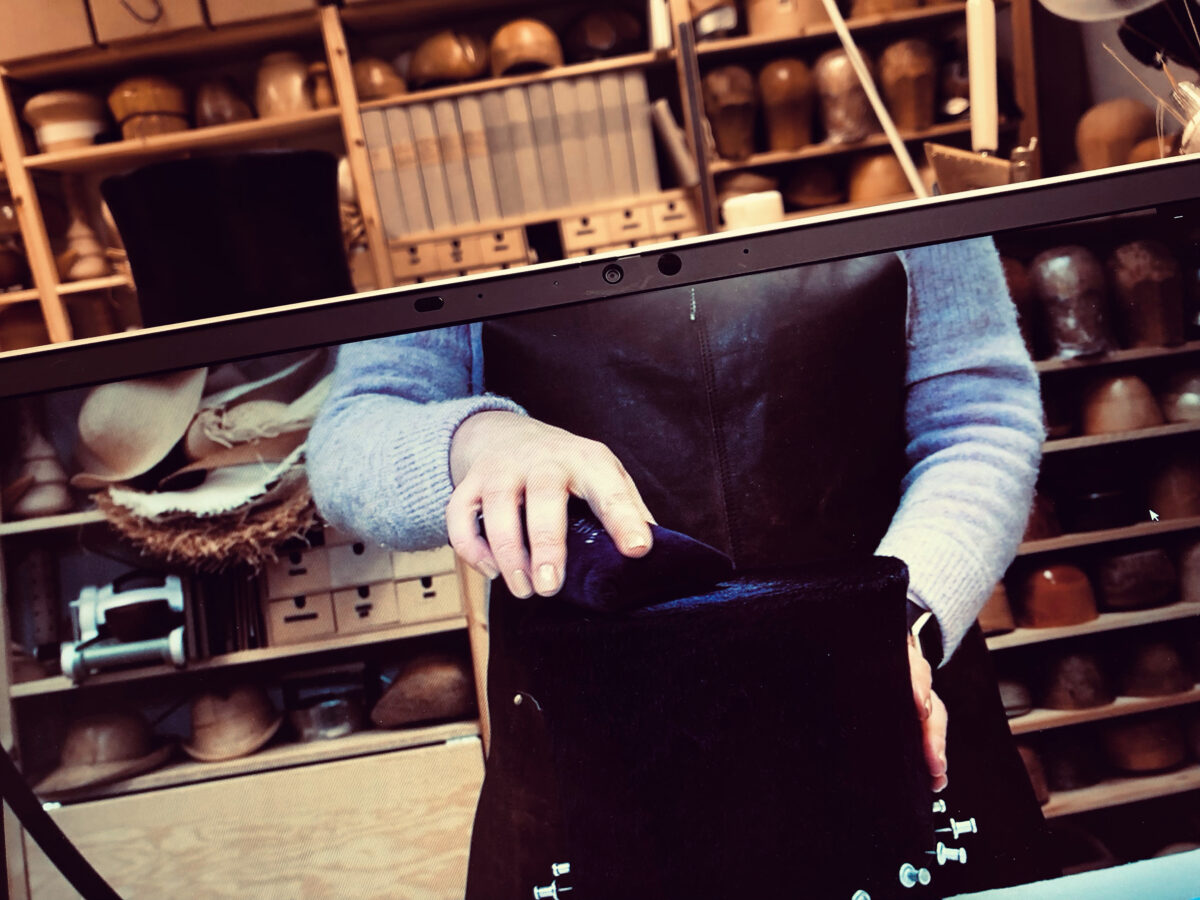
Whatever is the matter, the matter of the hatter?
– A presentation of my Primary and Secondary Matter in my scholarship work
Primary
- Is it possible to gain a deeper understanding of the craft of hat making by documenting the materials used historically?
Secondary
- A way forward for the craft. Can dyeing our materials locally make our craft more efficient and sustainable going forward?
My research of the history of hats and the craft has a 3-year timeline. I needed a strategy to narrow the scope of my research to what I feel is critical to the future of our craft. To collect material samples and gather information about them, will give valuable insight into each single piece, and it will also give added value collectively, as a body of work. I hope to gather information about which materials have dominated throughout the decades, and about the techniques used to give them the desired shape. Materials are a good starting point for conversations with masters and makers both in Norway and internationally. This will inform my practice as I learn and master new areas of my craft. Gathering an “Encyclopaedia” of millinery materials, will also hopefully be something to build upon and be useful to others in the future.
Early in my career, I realised that dyeing materials would be a game changer for the possibilities and the pace of what I can and need to create. This is the right time and situation for me to develop the skills and techniques, with the local conditions, to implement it in my practice.
I know the practice of dyeing in millinery workrooms is more common in the UK and other countries. I have not heard of Norwegian milliners doing this on a regular basis, although most do a little from time to time, for example when making silk flowers, or dyeing the odd feather. Dyeing myself would make it possible to make larger orders, from a supplier I know and trust on quality, rather than looking for who has the right colour, doing small orders, and wasting time on traveling to the post office, complicating accounting, and paying frequent custom and postage fees.

Thank you for reading. Please reach out or comment if you have any interesting information regarding this subject, or a tip on articles or literature that may inform my work going forward.

